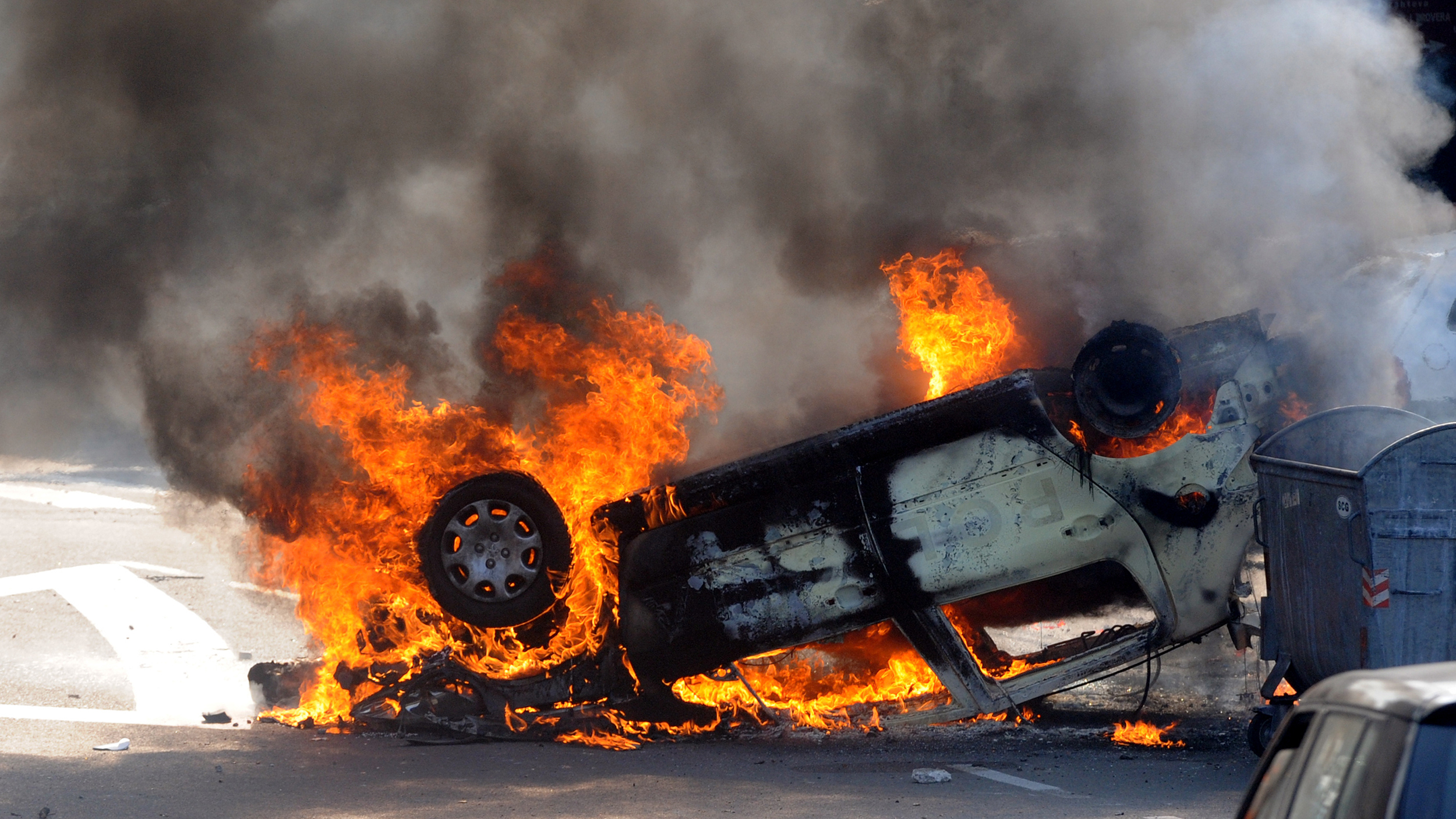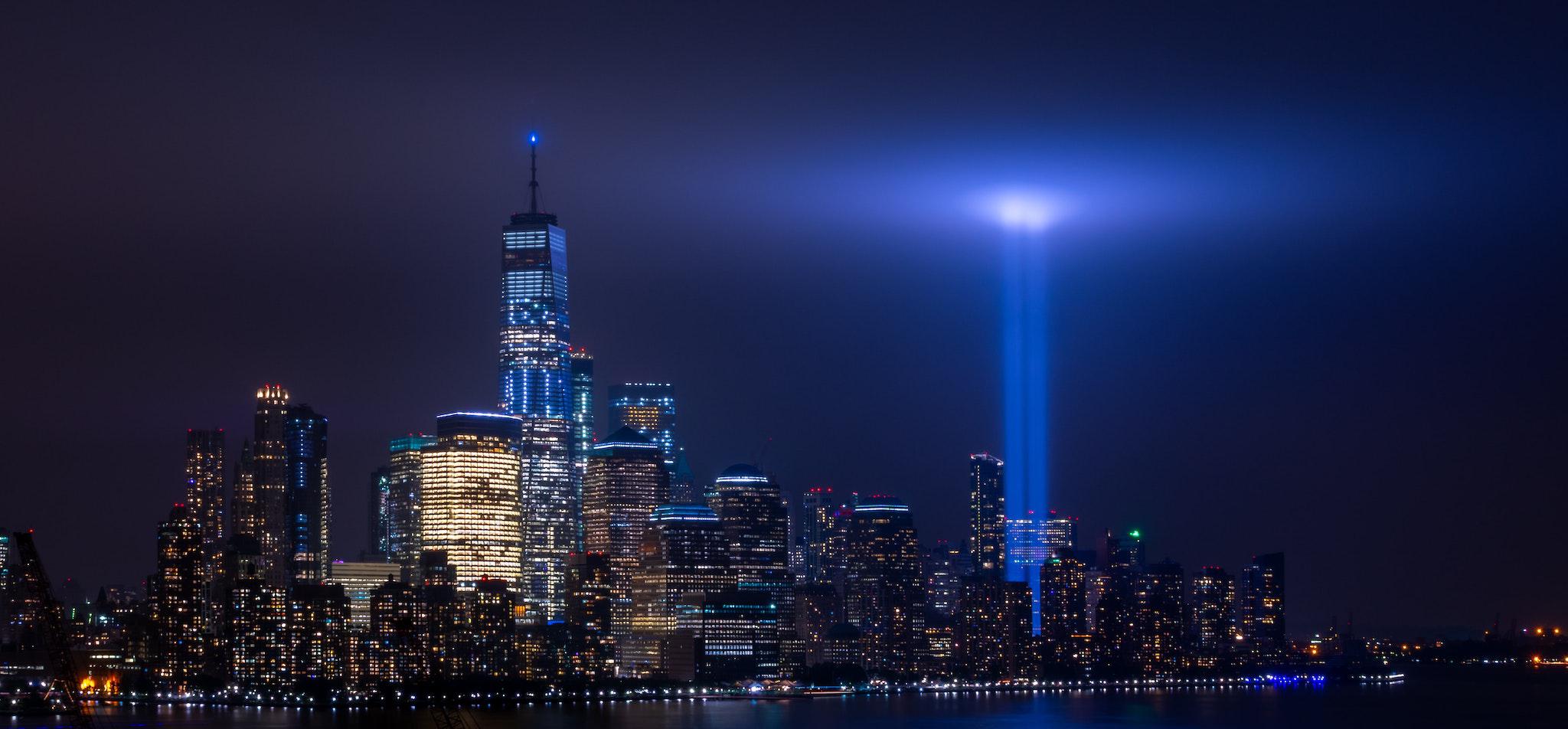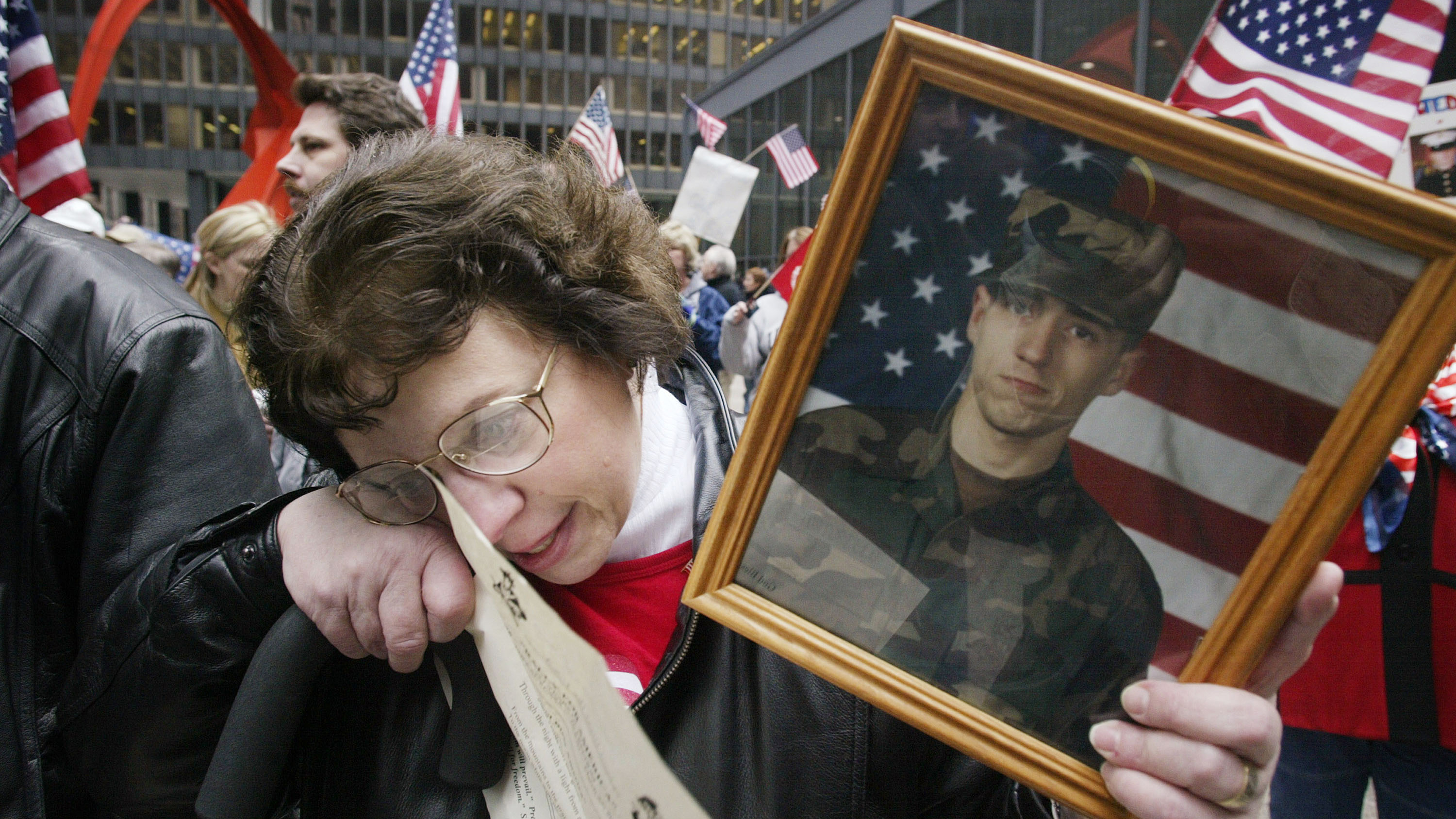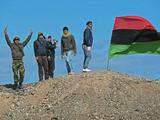9/11 + 10. Terror’s Toll

As the tenth anniversary of September 11, 2001 nears, many are looking back, tallying the toll of our response in lives lost and money spent, and asking “Are we any safer?” Here is a different question. Are we any wiser? What have we learned that we might apply if (many experts say when) we are attacked again? Perhaps this somber anniversary can help us realize that we have paid an excessively high price, not just because of the exploding airplanes and buildings, but because of the other explosion that terrifying day…the explosion of fear.
Our worries made sense. We realized that the risk of terrorism that had mostly targeted Americans overseas was HERE now… here, in what we suddenly started calling The HOMELAND. Take the HO out of the word ‘homeland’ and you have the psychological explanation for the cloud of worry we’ve been living under since then. Beginning on 9/11 we all knew “Now it might happen to ME.”
Any risk evokes more concern if we think it can happen to us than if we think it only threatens someone else. And any risk is scarier when we don’t know what we need to know to protect ourselves. Remember what we were asking ourselves? Who is the enemy? What will they do next? Where? When? How? Uncertainty heightens fear. It’s a big part of why terrorism scares us.
But the more worried we are, the more our judgments and choices and responses are based on our emotions, not just the facts. Brain studies have found that fear easily overwhelms dispassionate reason. Fear keeps us alive, but fearful decision making sometimes makes mistakes…mistakes that can raise new risks, and impose new and excessive costs. Consider, then, the costs of the fear prompted by the 9/11 attacks.
The war in Iraq
The war in Afghanistan is not included in this accounting because it was a direct military response to being attacked. The war in Iraq, however, was possible only because the American public was afraid. It is hard to imagine that any administration could have persuaded 70% of Americans to support the invasion of Iraq if we weren’t worried, and emotionally susceptible to the false claim that Saddam Hussein had connections with Al Qaeda. The overwhelming majority of Americans believed that. In fact, a Gallup Poll in the summer of 2002 showed a majority of Americans thought Hussein was responsible for the 9/11 attacks themselves.
It is absolutely fair to include the war in Iraq on the list of the costs of fear caused by the September 11 attacks, more than a direct response to the threat of terrorism itself.
The costs of the Iraq war
Homeland Security
The massive reorganization of dozens of agencies into the U.S. Department of Homeland Security, creating the third largest cabinet office in the government after Defense and Veterans Affairs, was a response to the threat of terrorism, and to the fear provoked by 9/11. Together, federal and state homeland security agencies spend $75 billion per year on homeland security (the DHS spends $56b, of which $8 b is just for the Transportation Security Administration). That is three times what was being spent previously, so let’s only count the post/911 difference, $50b per year, and multiply times ten years.
Total additional government homeland security spending since 9/11 – $500 billion.
Additional Direct Health Effects
Deaths on the Roads. People who are worried try to establish a reassuring sense of control to make themselves feel safer. Impelled in part by that natural instinct, in the months following the attacks many people chose to drive rather than fly. As reassuring as that sense of control may have felt, it put people in greater danger, as it’s far riskier to drive than fly. An analysis by the University of Michigan calculated that 1,018 more people died on the roads in the United States in the first three months after 9/11 than would have been expected for that time period. A separate analysis found that in the Northeast where the attacks had occurred and the fear was acute, road deaths increased most.
Stress. Fear and worry produce clinical stress, a mini Fight or Flight response, and chronic stress (lasting more than a couple weeks) raises blood pressure, weakens the immune system, contributes to gastrointestinal diseases, a greater likelihood of Type 2 diabetes and clinical depression, and decreases long term memory, bone growth, and fertility. Chronic stress from worry raises the likelihood of all sorts of serious health problems.
A 3-year study of 2,700 Americans to see if 9/11 contributed to these problems found; “Acute stress responses to the 9/11 attacks were associated with a 53% increased incidence of cardiovascular ailments over the 3 subsequent years, even after adjusting for pre-9/11 cardiovascular and mental health status, degree of exposure to the attacks, (and other risk factors).
A later follow-up studyfound;“After the collective stress of 9/11, rates of physical ailments…including cardiovascular, endocrine, gastrointestinal, and hematology-oncology ailments (cancer) increased.” “…doctor-diagnosed illness climbed by 18 percent in a nationally representative sample of adults.”
Additional Economic, Political, Social Costs
The indirect costs of the worry born on that horrible morning a decade ago are impossible to calculate specifically. Here are some of the biggest and most obvious;
The National 9/11 Commission executive summary dryly begins; “At 8:46 on the morning of September 11, 2001, the United States became a nation transformed.” Transformed we are indeed, to a new normal that is a more worried normal. But is it a wiser normal? We might argue whether the lives lost, the dollars spent, the actions taken in response to the 9/11 attacks were prudent, or fearful overreaction. Some of both to be fair, but clearly our responses to 9/11 went far beyond what was necessary to make ourselves safe.
Fear itself has costs, both from stress and from reactions that often exceed prudence. Hopefully on this somber anniversary we can turn hindsight into wisdom, and realize that we have paid a terribly high price for the way fear has shaped the new normal since that terrible day. It’s a lesson we’d be wise to remember if (many say when) we are attacked again.





